For what type of data values does the rule engine query the profile database?
Where are the SQLite databases that are used for the baselining, stored?
Refer to the exhibit.

Is the Windows agent delivering event logs correctly?
Which three processes are collector processes? (Choose three.)
Refer to the exhibit.
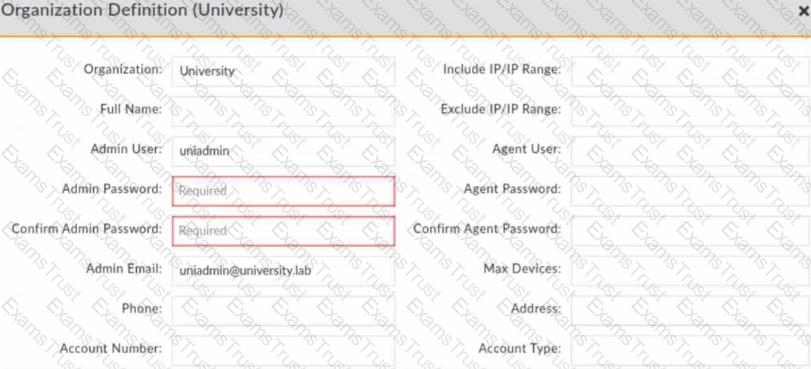
Which three fields from the organization destination are required while registering a collector? (Choose three.)
What is the hourly bucket used in baselining?
Refer to the exhibit.
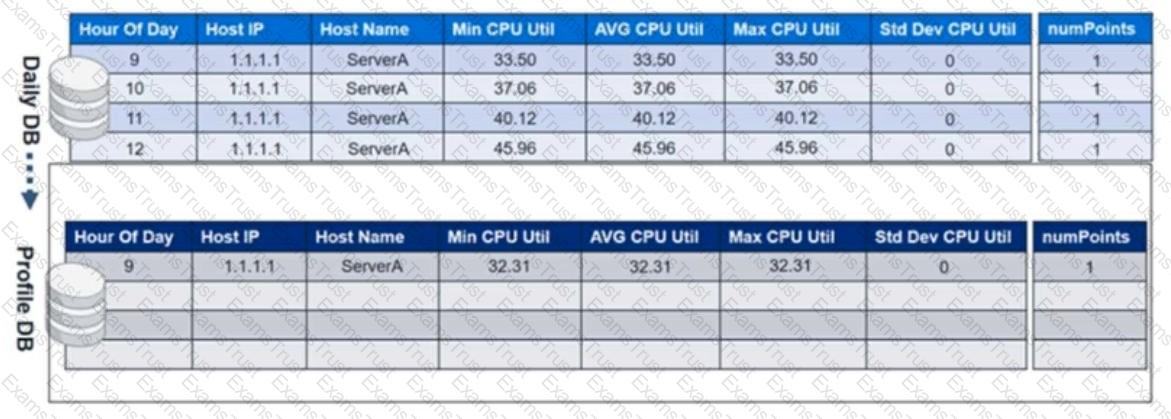
The profile database contains CPU utilization values from day one. At midnight on the second day, the CPU utilization values from the daily database will be merged with the profile database.
In the profile database, in theHour of Daycolumn where9is the value, what will be the updated minimum, maximum, and average CPU utilization values?
Refer to the exhibit.
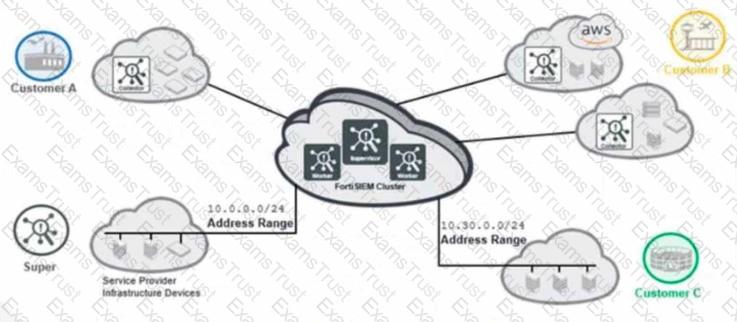
Which deployment type is shown in the exhibit?
Which statement about EPS bursting is true?
Refer to the exhibit.

If the Z-score for this rule is greater than or equal to three, what does this mean?
Refer to the exhibit.
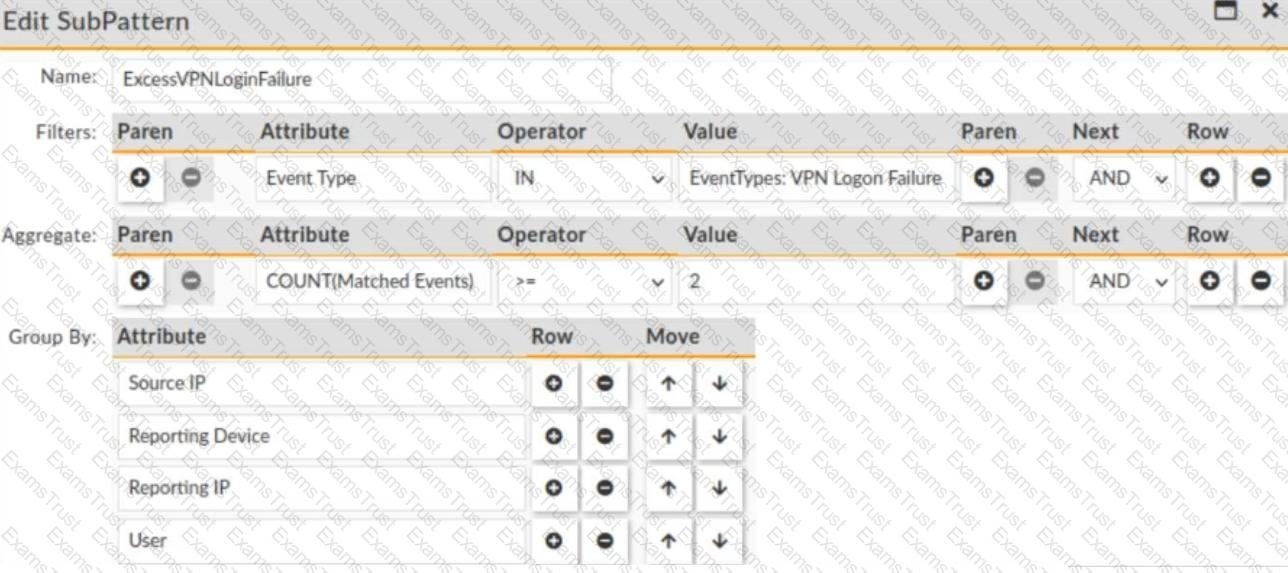
The rule evaluates multiple VPN logon failures within a ten-minute window. Consider the following VPN failure events received within a ten-minute window:
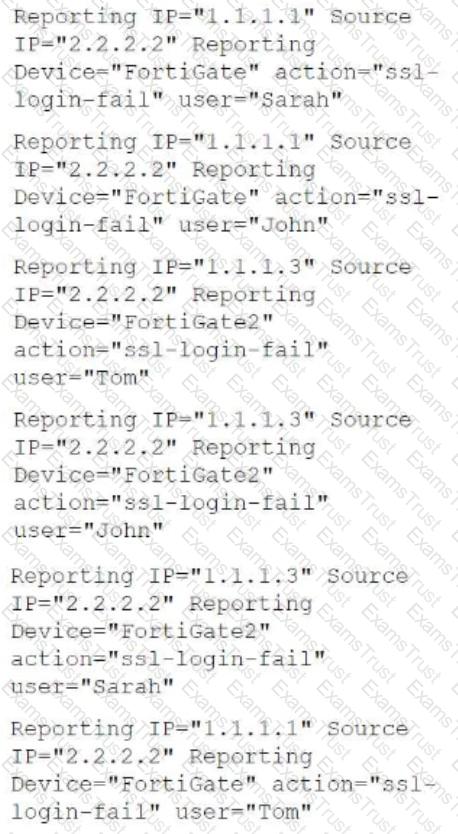
How many incidents are generated?
Which organization do agents belong to after registration? (Choose two.)
Which three statements about collector communication with the FortiSIEM cluster are true? (Choose three.)
How can you empower SOC by deploying FortiSOAR? (Choose three.)
Refer to the exhibit.
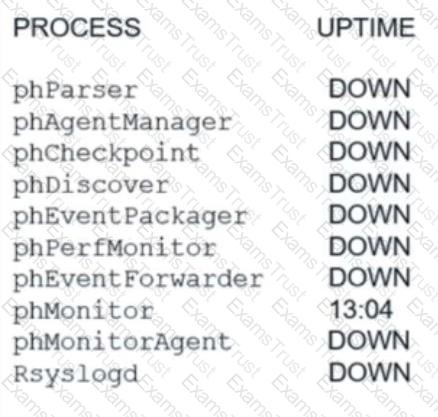
An administrator deploys a new collector for the first time, and notices that all the processes expect the phMonitor are down.
How can the administrator bring the processes up?
How do customers connect to a shared multi-tenant instance on FortiSOAR?
Which syntax will register a collector to the supervisor?